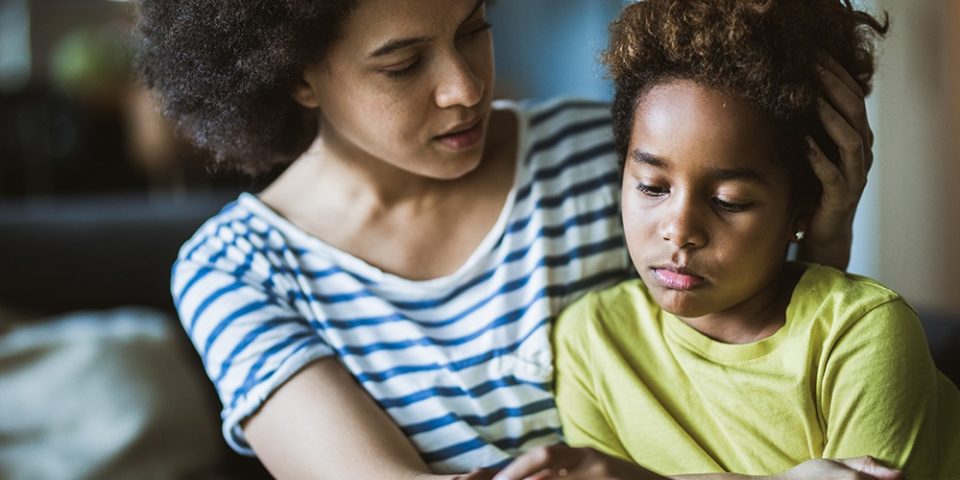How to spot depression and anxiety in young children
It’s normal to be sad or worried when daily routines are different. But the pandemic and recent national events have caused significant changes that have led to symptoms of depression and anxiety – even among children ages 5 to 11. Pediatrician Deborah Greenhouse, MD, offered advice on what to look for and how you can help your child.
Dr. Greenhouse said parents need to intervene if they notice any of these warning signs:
- Chronic stomach aches
- Chronic headaches
- Change in sleep patterns – either significantly more or less sleep than usual for the child
- Change in appetite
- More tantrums
- Reverting to toddler-like behavior
- School problems
Warning signs for older kids can include comments about being stressed or alone, or physical signs of self-harm such as cutting.
If you notice any of these signs, Dr. Greenhouse said parents should reach out to their child’s doctor. Counseling might be recommended. Medication would only be considered after a child has attempted counseling first.
What else can parents do to help their children overcome depression and anxiety?
The Centers for Disease Control (CDC) offered some lifestyle changes that can help.
- Have a healthy eating plan centered on fruits, vegetables, whole grains, legumes (beans, peas, and lentils), lean protein sources, and nuts and seeds
- Participate in physical activity each day (ages 3–5 should be active throughout the day; ages 6–17 need at least 60 minutes of activity a day)
- Get the recommended amount of sleep each night (10–13 hours for ages 3–5 and 9–12 hours for ages 6–12)
- Practice mindfulness or relaxation techniques
If you or your child is feeling depressed or having thoughts of suicide, call or text 988 to reach the suicide hotline.
Find the care you need, close to home
Our primary care physicians provide well visits and everyday care when you need it with compassion and expertise.
Find Primary Care Near You

